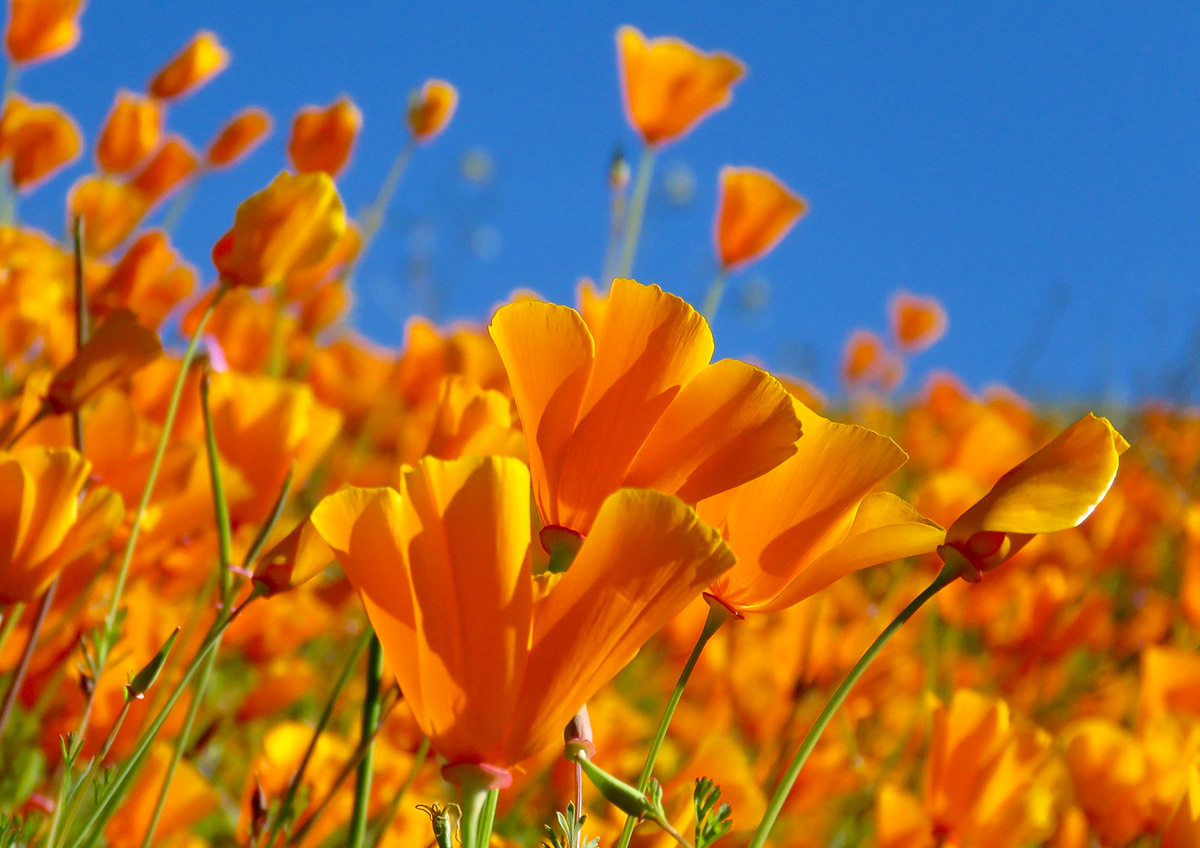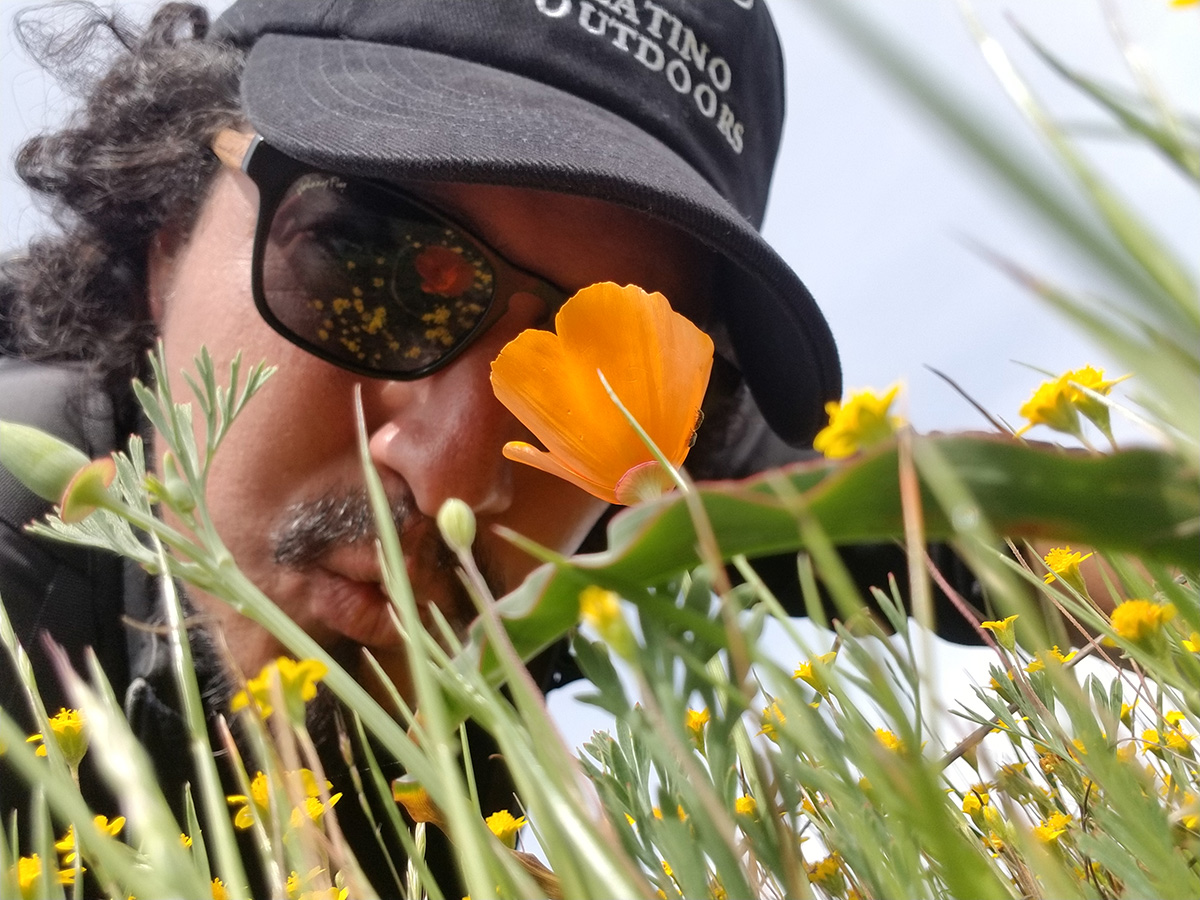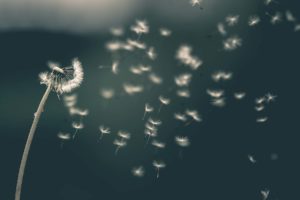“What’s your name? What do you do? How are you today?”
Such questions may sound familiar when we are being sociable and meet someone for the first time. Later on, as we check in with each other, we may progress with other questions such as “How did your day go? Thoughts on tomorrow?”
Remember, we all stumble
So stay humble
As you find and make your way
And that it’s okay
To not always know
How the path will unfold
But you do have a role in how the story will be told
If you remain bold
With the courage of persisting on
Remembering that all good trails curve and meander
But it doesn’t make them any less exciting to behold, and wonder
What’s around the turn
If you cease to uphold
The idea that it should all be known and controlled
Adventure on
We don’t typically meet someone for the first time and say “Ok, you’re Homo sapiens, white, male, binary gender sexual reproduction, about 5’ 6”, 40 inch waist…”
That would be socially impolite — in most circles anyways.
But think again about the statement of “Hi, nice to meet you, how are you today?”
There’s a relationship context embedded in that conversation, a sense of connection or at least intention of connection between who is asking and who may respond.
And I wonder how that would be if one of the participants was not human, but rather another community member found in nature.
For example, a wildflower.
On a California wildflower hike at a Bay Area nature preserve, those thoughts came to mind as we walked the trail surrounded with blooming wildflowers. At one point we decided to sit down by them, and my thought was to say “hi” to the wildflowers.
Very different than “What is this? How do you ID it?”
As naturalists we know the value of stories and narrative. We share the stories of a place to connect people to the landscape with which we are enamored.
But often we approach nature from a cognitive frame of mind that establishes us as the human and nature as the “object,” especially when we are out “studying” nature and grappling with species identification. The relationship between the human and the natural world can be one where the flower or the tree we are looking at is first measured and counted — it is a set of quantitative or categorizable information, as opposed to another living breathing organism like the stranger we first meet at a social event. And as with the stranger at a social event, I think botanizing requires us to be aware how our implicit and socialized biases come into play: the role of “objectification,” or the ways we might “genderize,” and how that affects our supposedly objective filters, especially in spaces traditionally dominated by men. To take the obvious example, think of the long history of cultures that assign feminine qualities to wildflowers.

It may seem like quite a bit to consider when meeting a flower in this way, but I do think it helps expand a relationship with it in the way we do with our human relations. Or we may have relegated the idea of deeper relationships to past practice, as one dominant way of knowing and valuing nature as interconnected objects began to frame our interactions with the natural world. But if we talk about a connection to nature, then “connection” should not be limited to one specific way of interaction. Connection implies a wider and different way of thinking about our relationship and connection to nature, especially with an increasing diversified population and the need to tackle the big environmental and social problems like climate change.
Connecting to nature beyond a cognitive frame of perspective is not new. It is based on ancestral and other traditional ways and perspectives of sense-making, wayfinding, and “ways of knowing,” many of which are part of a multiverse view of the world in indigenous communities. These stories have come to be seen as “less scientific” in an era defined by measuring and categorizing the natural world and its living and breathing inhabitants. Yet in our pursuit of “data” we became more disconnected from the natural world. We could still admire the wildflower and even bring their domesticated cousins into our home landscaping. But more and more they became “things” to be manipulated like the rest of the natural world.
A Native relationship with the natural world begins with acknowledging that even the way we speak has relationship embedded in it. The natural world is filled with familial spirits — and even non-living abiotic factors, such as fire, rain, and wind, are spoken to as part of a community. Even in the mestizo culture that is much of Latin America, the idea of “magical realism” harkens to this idea: that our ancestors and elders can be present among us, not time-bound, appearing to us within and without to give us advice, blessings, or guide us through the normal machinations of the “real world”.
It is also important to note here that we all have ancestral lineage, even if for some of us it seems more lost than others, and colonization simply struck at different points in time. White ancestral knowledge with roots in Europe was one of the first to go, or simply belittled as “pagan.” But tenets of those connections and relationship can still be found in some religious philosophies underpinning Christian/Catholic doctrine, especially where “God is found in or through Nature.” This is even more clearly so when indigenous practices survived, as was the case in much of Latin America.
Furthermore, such ideas are part of the basis for the work around “spiritual conservation.”
We can of course continue the traditional scientific approach to studying, researching, and understanding the natural world, which has become a powerful tool for conservation and stewardship. But we have an opportunity now to reflect on and increase our awareness of how the scientific way of seeing can also limit our connections, or limit opportunities for connections, with an increasingly diversifying populace
Still, imagine that, the idea of an ecological family: What if we treated the coyote as a brother, the wildflower as a sister, and remembered why we call the earth Mother and the sky Father? Or even if our elders were present in the natural landscape, whispering guidance to us through the wind? Or providing reflection through the wildflower?
We can of course continue the traditional scientific approach to studying, researching, and understanding the natural world, which has become a powerful tool for conservation and stewardship. But we have an opportunity now to reflect on and increase our awareness of how the scientific way of seeing can also limit our connections, or limit opportunities for connections, with an increasingly diversifying populace — where we need as many, if not all, on board to care about the natural world and the threat of climate change.

I often stress the additive and complementary nature of stories and narrative to data — and how that can further provide an inclusive starting point for introductions in the natural world.
This can include narratives from Creation stories to specific examples of narrative record keeping. Aboriginal storytelling contains accurate sea level rise over 7,000 years in Australia. The stories of “firehawks” in northern Australia confirmed that birds could use fire as a tool — a “discovery” made by Western science only recently. Many more examples are woven into Traditional Ecological Knowledge.
We may go out on a naturalist hike and there will be the impulse of wanting to know and asking “What’s that? What do you call it? What’s its species name?” Or it may be that we presume it important to know and so we need to have the right field guide. Or the “expertise” is held by those leading, or by the type of book we have … with the idea that if we don’t know then we can’t meaningfully contribute to the experience until we are “taught” or “given” the appropriate and “correct” information.
What if, rather, we started with an introduction? With questions? And then added the other “appropriate” information afterward?
Going back to the wildflower, I noticed how welcoming and intimate the experience was when I spoke to the flower as though it was a meeting for the first time. Asking how it was, what was happening, and if it had a name. If this is a new approach to you, you may find it silly, thinking “but it’s not going to talk back to you”—and yet notice how often we’ll probably not hesitate to ask the same questions with our pets at home, or perhaps even our plants at home.
After all, it is relationships that reinforce memories and experiences. An affective filter imprints positive moments into our life story – conservation groups call these “positive transformation nature experiences” — and as everyone says, “we love what we care about and we protect what we love.”
From simple connections to nature to big environmental challenges, it comes down to caring. In the face of climate change, we need to care. All the data and information has been there, but the story has not moved us to push for all the needed change — at least not quickly enough. The wildflowers need us, and we need the wildflowers. But first we need to reconnect with them, with nature, the outdoors, and the natural environment, beyond an expected or myopic dominant narrative. We will get to “proper” identification, categorization, and memorization. But before that, to establish a more personal and intimate relationship, we could start with asking the wildflower how its day has been, to tell us its story, or wonder all the different names it has had, or even what fears it may have for tomorrow. And listen. Just like how we like to be heard and cared about — flowers saying hello to each other.





